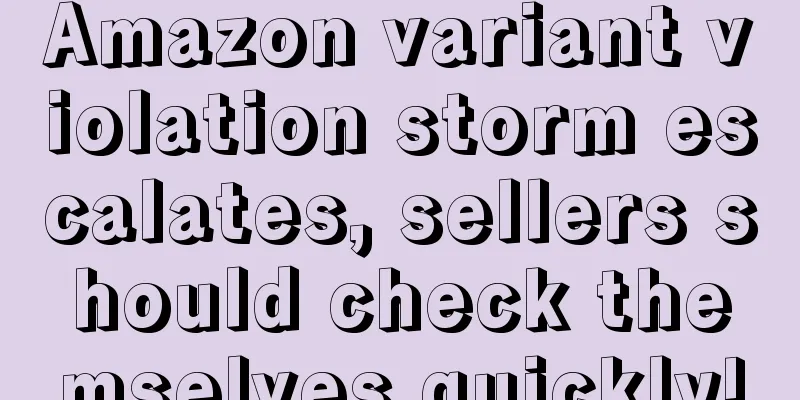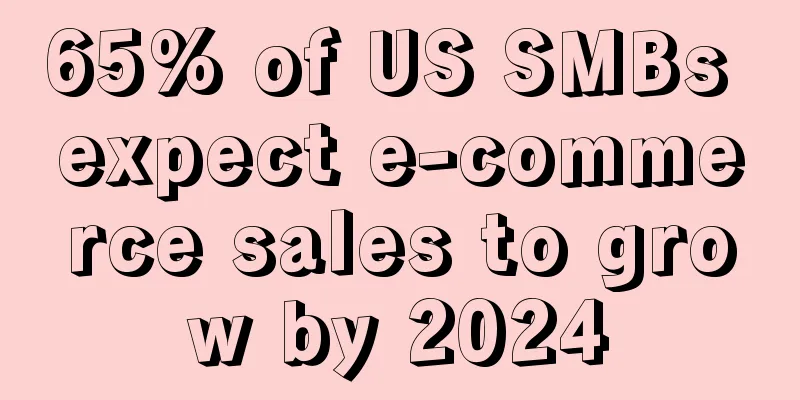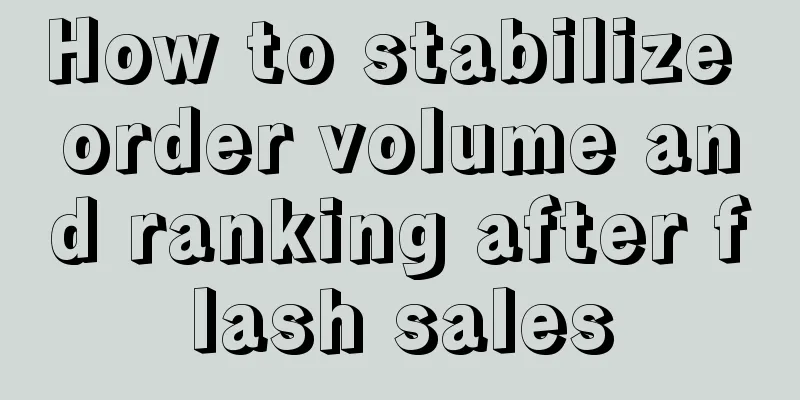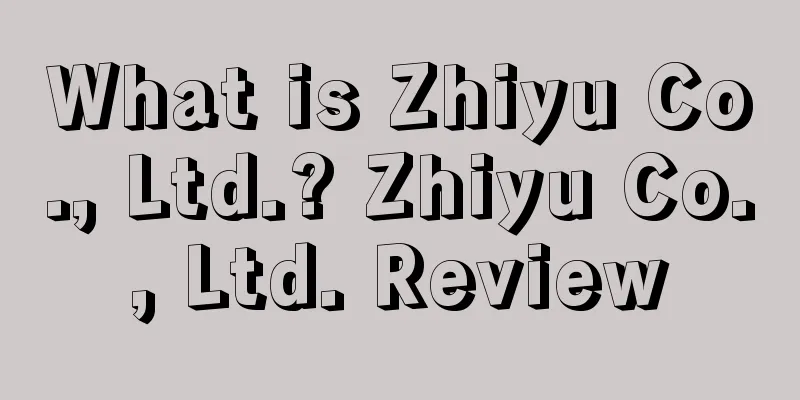Amazon variant violation storm escalates, sellers should check themselves quickly!

|
As we all know, Amazon is a platform that focuses on products rather than stores, and attaches great importance to buyer rights and shopping experience. In order to ensure that buyers receive the best service, Amazon has formulated strict seller account operation rules. These rules must be followed and must not be crossed, otherwise the seller will face the risk of store ban. Recently, Amazon has launched a severe crackdown on variant violations , and the intensity of this storm is so strong that many sellers have not been spared. In fact, this was not a sudden move by Amazon, but a foreshadowing. Since mid-March this year, Amazon has launched several rounds of strict reviews on illegal variant behaviors. Recently, Amazon conducted a strict review of stores that violated the variant rules, similar to the previous two sweeps. All of these stores that violated the rules received an email notification from Amazon, stating: "Your account violated Section 3 of the Business Solutions Agreement." There is only one box to fill in when appealing. ▲Image source: Amazon Mail For Amazon sellers, encountering a violation variant suspension is undoubtedly a major challenge and pain point. Violation variant suspension means that some product variants created by sellers on the platform are disabled due to violation of Amazon platform regulations. This usually happens when sellers do not follow Amazon's operating rules to create variants, resulting in confusing product information or misleading consumers. When Amazon sellers encounter an "error deactivated" message and attempt to appeal, the success rate is often low. This is mainly because Amazon is very strict in cracking down on violations and the appeal process is relatively strict. Many Amazon sellers are often confused when their accounts are blocked, and they don’t know where they violated the platform regulations. In order to help everyone better understand and avoid such problems, the editor has specially sorted out the details about variant violations, analyzed and explained various possible violations, and helped sellers better understand the rules and requirements of the Amazon platform. 01 What are variants Amazon variations, also known as parent/child relationships, are collections of products that are related to each other based on size, color, flavor, etc. Good variation relationship listings allow customers to compare and select products based on different attributes, including size, color, or other characteristics, through the options provided on the product detail page. ▲Image source: Amazon Global Store Parent/Child Relationship Elements: Parent Product Parent products are virtual products used to associate child products . They are only displayed in the search results of the seller platform and cannot be purchased. Sub-items A child product is a product entity within this variation system. Each child product within a set of variations may be different, for example, the child products may be different sizes from each other, or the sizes may be different between child products. For sellers, the reasonable merging and splitting of variants can not only effectively promote the accumulation of reviews, but also help improve the ranking of listings, thereby promoting the growth of product sales. 02 What are the illegal operations of variants? Illegal merge variants 🔸 Merge a listing that has been shut down but has many positive reviews with your own listing. 🔸 Bundle the new upgraded product to the variant group of the old product to get reviews. Some sellers will change the old listing content to their existing product content. After the merger is completed, the number of positive reviews of the listing will increase, the weight will be improved, and more traffic exposure will be brought to the listing. 🔸 In order to boost the sales of other unrelated products or launch a new product, some sellers directly attach low-selling products or new products as sub-products to the hot-selling parent ASIN to take advantage of the traffic of the hot-selling products. This is also not advisable. 🔸 Some sellers will upload each color as a separate ASIN, and then combine the reviews for each ASIN together. This is also a variant violation. Illegal Split Variant 🔸In order to allow all other sub-bodies to gain traffic and have good sales, directly remove a variant under the listing that has bad reviews and poor sales. Incorrect use of variants 🔸 Improper use of variant themes Color and size variation themes should each not contain any information other than color and size. For example, different phone models should not be published in a color topic. The colors of clothing should not be published in a size topic. 🔸 Publish different products together Directly replace the product information or pictures in the sub- ASIN with other products or products that need to be updated. 03 Create variant specific requirements criteria Prior to this, Amazon had issued strict standards for creating variants. Only products that met these six conditions could be reasonably integrated into a variant system: 🔸 Accurate product information 🔸 The products are basically the same 🔸 Share the same name 🔸 The category supports variation themes: the Variation option must be available when uploading the listing 🔸 Only the variation theme attributes are different: For example, if the variation theme is color, products with different materials/sizes cannot create variations based on this theme. 🔸 There is no difference between the new and old versions: For example, the size and color of an electronic product are the same, but there are differences between the new and old versions. This does not meet the variant requirements and may be more suitable for using the New Version function to associate the new and old versions of the product. 04 Seller receives a variation violation notification What to do If a seller receives a performance notification related to a variation, there are three possible scenarios: Scenario 1 The variations are split, but the sales of the ASIN are not affected, and the account status page may not have a violation record and an appeal button. Solution: 1️⃣ According to the variation rules, find the most likely reason for the split 2️⃣ For the split sub-ASIN, create the correct variation or sell it as a single product 3️⃣ Check whether other variants have similar problems according to the given reasons, and make modifications in advance 4️⃣ Usually no appeal is required Scenario 2 The variants are split, the ASIN is not sellable, and there is a violation record and an appeal button on the account status page. Solution: 1️⃣ Determine the cause of the problem based on performance notifications 2️⃣ If there may be a misjudgment, appeal on the grounds of misjudgment; if there is indeed a variant violation, correct the violation and then appeal 3️⃣ Check whether other variants have similar problems and make changes in advance Scenario 3 The variant was split, the account was closed, and there was a violation record and appeal button on the account status page 1️⃣ Performance notifications usually do not give specific problems, and the root ASIN of the problem needs to be investigated 2️⃣ If the specific ASIN that is the root cause of the problem cannot be found, it is recommended that the seller check all variants in the account, check them one by one according to the policy, and correct all variants with potential problems 3️⃣ Contact Selling Partner Support to see if there might be an issue with the variant 4️⃣ Contact the Account Health Protection Program directly on the Seller Platform to try to seek help 5️⃣ Submit a POA appeal Judging from Amazon’s current efforts to crack down on illegal variants, it has reached the platform’s highest level of non-compliance standards and has even expanded across sites. Under Amazon’s current strict regulatory environment, sellers must be more cautious when making product variations, track Amazon’s latest policy trends in real time, and never challenge the platform’s bottom line. For sellers who hope to make long-term profits on the platform, compliance operations are undoubtedly the key to their survival and development. Only by ensuring that their behavior complies with Amazon's regulations and requirements can they win the trust of consumers and ensure steady growth in sales performance. |
>>: How many of these 10 Amazon curses have you encountered?
Recommend
Walmart expands drone delivery range! The service has been extended to 4 states in the United States!
<span data-docs-delta="[[20,"获悉,据外媒报道,沃尔玛正...
US inflation continues to soar! Amazon, Walmart, and Target are engaged in a price war
According to the Bureau of Labor Statistics, the o...
What is Amazon Australia? Review of Amazon Australia
Opening a store on Amazon Australia means register...
What is AUTOMAN Intellectual Property? AUTOMAN Intellectual Property Review
Shenzhen AUTOMAN Intellectual Property Co., Ltd. (...
What is Gearbest? Gearbest Review
Gearbest is an American online shopping platform s...
Walmart is also cutting costs and will close three technology centers!
Walmart plans to close three of its technology cen...
Shopify sued for improper collection of user data! Demands compensation for economic losses
It is learned that according to foreign media repo...
Toy sellers are in big trouble! Hundreds of listings were deleted by Amazon!
At the beginning of March, the temperature in vari...
What is SocialAdvisor? SocialAdvisor Review
Juxing Fanhai (Shenzhen) Technology Co., Ltd. is a...
Amazon updated two major services, increasing conversion rate by 2 percentage points!
As we all know, Amazon often updates its policies...
What is UNCTAD? UNCTAD Review
The United Nations Conference on Trade and Develop...
Amazon will be hard to do business in 2025! Major changes sellers must read!
The 2024 Amazon Global Selling Cross-Border Summit...
Temu is "crazy about fines"? Many sellers have been deducted more than 100,000!
It is learned that according to data from Similarw...
What is Lightning Technology? Lightning Technology Review
Qinglei Technology is the most professional cross-...
How to deal with Amazon Warehouse copycat sales and a drop in orders?
What is Amazon Warehouse? Strictly speaking, Amaz...









